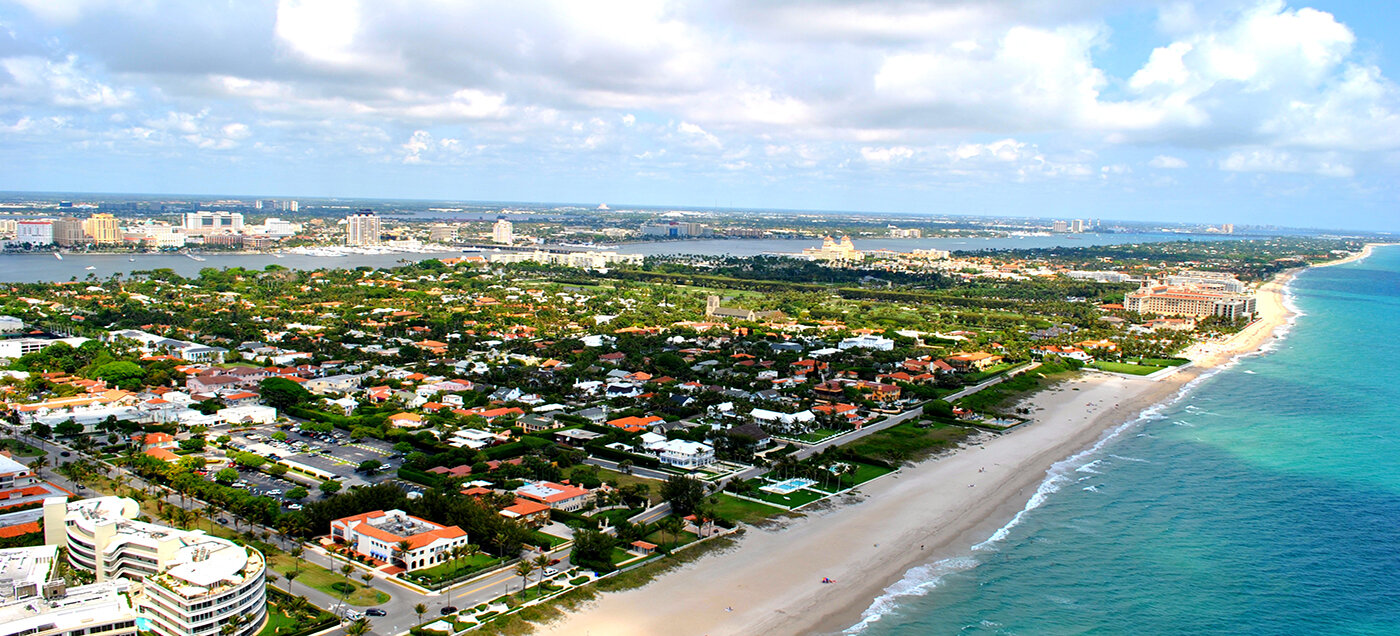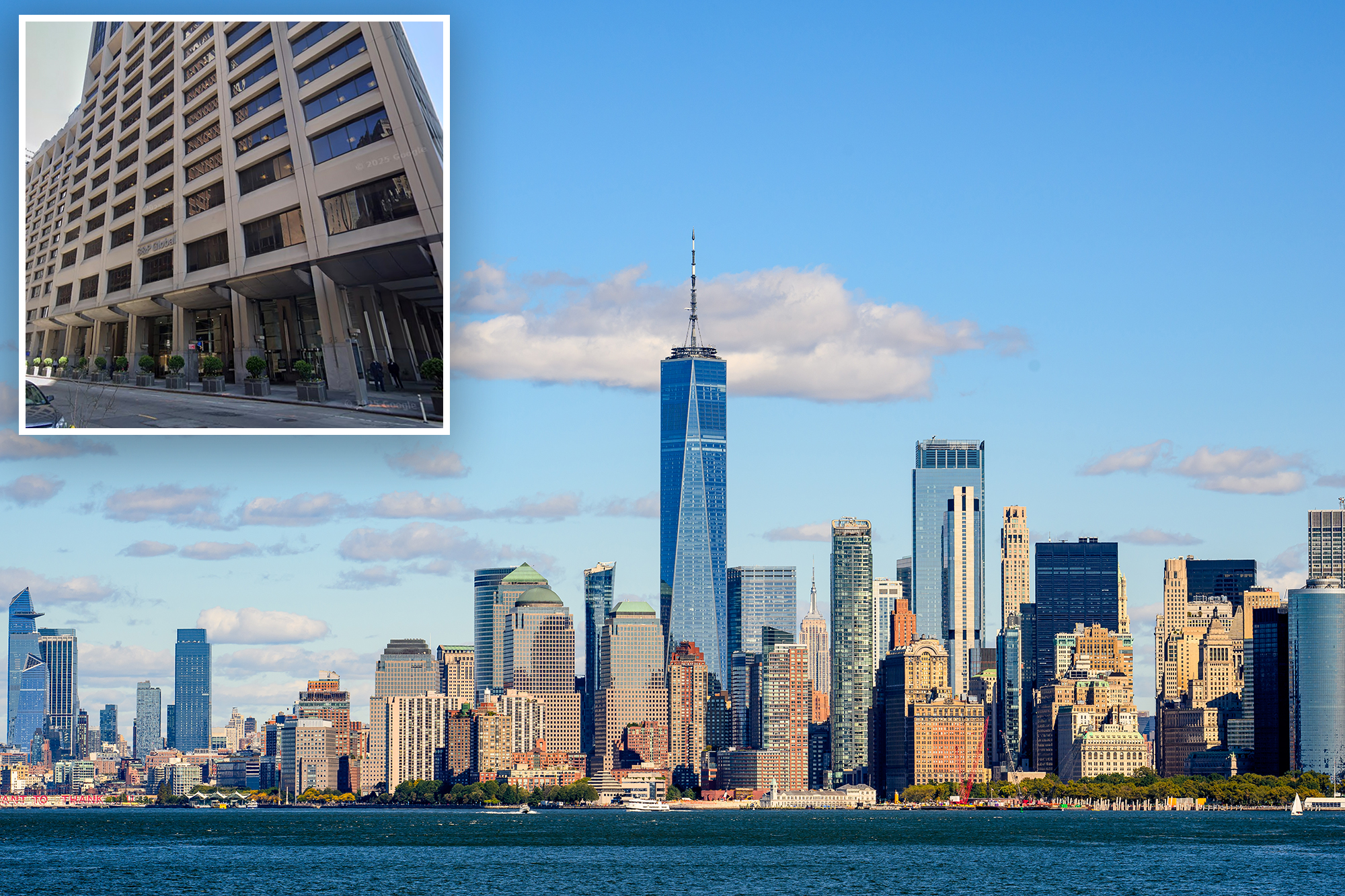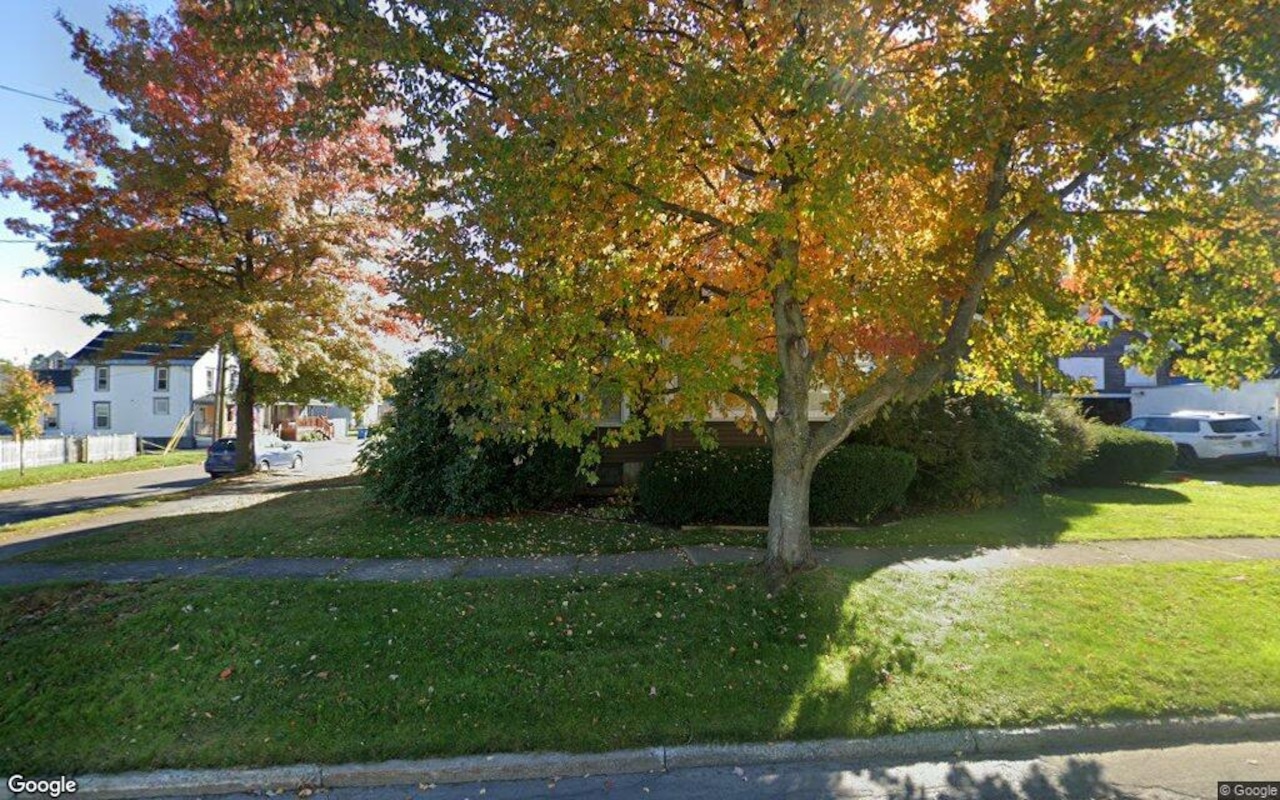P
alm Beach County's housing market experienced a slowdown in June, with total home sales declining 6% year-over-year. According to the Miami Association of Realtors, this decline was driven by decreases in both single-family and condominium sectors. Single-family home sales fell 6.46% to 1,187 units, while existing condo sales declined 5.41% to 821 units.
Despite the monthly pullback, year-to-date total dollar volume remains slightly ahead of last year's pace, up 1.84% to $11.7 billion. This is largely due to continued inflows of affluent buyers from high-tax, high-density states. "High-net-worth individuals continue migrating to South Florida, particularly into Palm Beach County, supporting the luxury end of the market," said Ginenne Boehm, 2025 President of the JTHS-MIAMI Realtors.
Price softening was observed across both single-family and condo markets in June. The median price for a single-family home declined 5.2% year-over-year to $626,000, while condominiums saw a 3.1% decline in median prices to $315,000.
Inventory surged in June, with total active listings climbing 19.1% year-over-year to 13,929. Single-family home listings jumped 21% to 6,259, while condo listings rose 17.6% to 7,670. However, condo inventory remains below pre-pandemic levels.
The market dynamics are shifting, with the months' supply of inventory for single-family homes reaching 5.7 months, signaling a market leaning toward sellers. In contrast, the 9.7-month supply of existing condos points to a buyer's market. Homes are taking longer to sell, with median days to contract and total time to close increasing across both segments.
Cash sales declined slightly in June, accounting for 47.3% of total closed sales, down from 49.9% a year earlier. Condos remained a cash-heavy segment, with 56.5% of transactions closed in cash. Distressed sales remain minimal in Palm Beach County, making up just 0.8% of total transactions.
Sellers received a median of 93% of their original asking price for single-family homes and 91% for condos, reflecting solid buyer demand in well-priced segments. While the market has softened from its post-pandemic highs, resilient luxury demand and modestly improving year-to-date volumes suggest a market undergoing normalization rather than correction.














